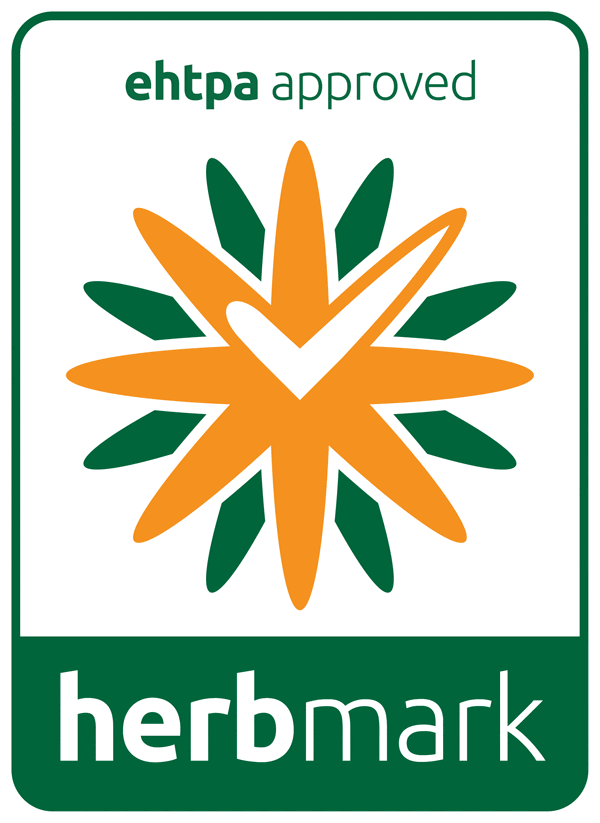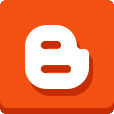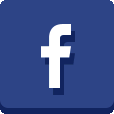Acupuncture existed already before the bronze age
The earliest acupuncture needles were made of stone (called Bian stones or Bian shi), sharpened bit of bamboo, or animal bone.
Archaeologists found evidence of needles from the Neolithic era (about 4,000 BC) suggesting acupuncture was practiced during the Stone Age in many parts of Eurasia. The Chinese, however, preserved and developed the practice, creating needles with bamboo, and metals like copper, silver, iron, bronze, or gold. Today’s acupuncture needles are stainless surgical steel, flexible, and very thin.
There are about 400 acupuncture points that are connected by 12 meridians
The 12 meridians channel Qi or energy along the surface of the body and in its internal organs.
Qi is influenced by the interacting forces of yin and yang, which represent positive and negative energy and forces in the universe and human body. Acupuncture keeps the balance between yin and yang, stimulates the normal flow of qi throughout the body for restoring or maintaining good health to mind and body
Acupuncture is just one modality of a broader system of traditional Chinese medicine
Traditional Chinese Medicine (TCM) is a complete system including many different techniques. The principal modalities are Moxibustion (burning an herb above the skin to apply heat onto acupuncture points), Cupping, Tui na (Chinese therapeutic massage), Chinese herbal medicine, exercise (Tai chi or Chi Kung) and dietary therapy.
Moxibustion: A form of heat therapy, where a stick of dried herbs (moxa cigar) is burned near the surface of the skin. The warmth from the bundle stimulates the flow of Qi in the body.
Cupping: An ancient technique using a cup made of glass, when heated, creates suction which efficiently opens pathways for Qi (meridian energy flow).
Cupping improves the circulation of blood and lymph, removes cold, heat, or dampness from the body, and relieves pain.
Tui na: Chinese bodywork therapy that works on the same principles as acupuncture, with the use of hands and fingers instead of needles. Through a combination of massage and acupressure, Tui Na applies pressure to acupuncture points and channels, and groups of muscles or nerves to remove blockages that prevent the free flow of Qi.
It treats muscular injuries and improves blood circulation. Tui na provides pain relief and relieves stress and anxiety.
Herbal Therapy: TCM employs a variety of natural remedies and herbs such as plants, minerals, fungi, mixed in special formulae tailored for the patient's need.
Dietary Therapy: In Traditional Chinese Medicine, food is a form of therapeutic treatment classified according to its qualities and energetic effects rather than in terms of calories, proteins and fats. It is not just a matter of eating nourishing, healthy food but of eating nourishing healthy food that is right for individual body types.
Remedies in both herbal therapy and nutritional therapy are classified according to the Four Natures – hot, warm, cool, and cold, and Five Flavours, acrid, sweet, sour, salty, and bitter.
The correct balance of Natures and Flavours supports the optimal balance of yin and yang. A personalized diet based on your constitution, the nature of your condition, and even the season and climate are all taken into consideration in Chinese dietary therapy.
Acupuncturists use four diagnostic methods to learn about your health, one of which is a close examination of your tongue, and another important one is feeling the pulses at the wrist:
Pulse diagnosis is one method of determining the internal conditions of patients with the aim of deciding upon a treatment strategy
Analysis of the tongue provides essential information because the tongue is associated with the body’s internal organs and yin yang balance.
Acupuncture is a diverse medical tradition with many different styles, but the traditional foundation is the same in all school of acupuncture
Traditional Chinese Acupuncture (TCM) This refers to the official state sponsored uniform style taught in most schools in China and in the West.
Traditional Chinese Medicine (TCM) is the most common form of acupuncture studied and practiced in the world
Japanese Style Acupuncture
Japanese style acupuncture takes a more subtle route than TCM. Fewer and thinner needles are used with less stimulation.
Auricular Acupuncture
Points in the ear correspond to areas of the body and to certain disharmonies. This system is commonly used for pain control and drug, alcohol, and nicotine addictions.
Medical Acupuncture
When a Western Medical Doctor performs Acupuncture; it is defined as Medical Acupuncture. Acupuncture requirements for Western doctors are generally more lenient than for non-doctors, in Medical acupuncture the traditional principles of acupuncture are not followed
Japanese Acupuncture. Examples include Meridian Therapy or Keiraku Chiryo systems, Abdominal or hara-based systems, Japanese style acupuncture takes a more subtle route than TCM. Fewer and thinner needles are used with less stimulation.
Korean Constitutional Acupuncture and Korean Hand Acupuncture: shares its origin with Chinese acupuncture but has developed its own unique system.
Diagnosis in Korean acupuncture is focused on a full constitutional analysis, which requires a completely separate book of prescriptions. Korean acupuncture also focuses on the extremities like the hand or ear.
French-Vietnamese Acupuncture: Ngyen Van Chi was an influent Vietnamese doctor who taught acupuncture as practiced in Vietnam; this approach (not dissimilar to TCM but with gentler needling is predominant in France and a large part of Europe
Five Element Traditional Acupuncture. This refers to a particular style developed by British Acupuncturist, J.R. Worsley and taught at several British and American schools.
Although already well established in Europe, acupuncture became more popular in the USA and the western world after Nixon's official visit to mainland China in 1971
Acupuncturists are very well trained in the UK and receive extensive training in Traditional Chinese medicine as well as western medical science to practice as registered practitioners
The World Health Organization lists 200 medical conditions that can benefit from the use of acupuncture including the treatment of pain, addictions, the treatment of asthma and bronchitis, treatment of nausea and vomiting, rehabilitation from neurological damage ( after a stroke) and cancer pain
Acupuncture treats pain
Acupuncture is probably the best non opiate, alternative treatment for acute and chronic pain.
Low back pain, neck and shoulder pain, joints pain, neuropathic pain, periods pain, migraines respond well to acupuncture treatments which are now commonly covered by most private insurances.
Acupuncture can help with many other conditions such as insomnia, anxiety, depression, IBS, many gynaecological disorder, recovery from surgery etc.
The World Health Organization maintains an extensive list of diseases and disorders that can be helped with acupuncture.
When used in conjunction with other healthy lifestyle improvement such as mindfullness, meditation, nutrition, and exercise, acupuncture offers beneficial support to and relief for depression, addictions, infertility, digestive issues, chronic fatigue, fibromyalgia
A few Common Myths About Acupuncture
Acupuncture hurts People experiencing acupuncture for the first time, are surprised by how little discomfort if any, they feel. There is some sensation as muscles and nerves are stimulated, but not more than a mild initial thrum upon insertion. The needles are as fine as two human hairs, and unlike hypodermic needles, they are not hollow and they don’t cause bleeding at the insertion site. Once the needle are in place, it can be very relaxing, and many people are dozing off while the needle are in place
Acupuncture is ancient folklore medicine. Acupuncture is definitely ancient – just look at its long history, but to say it is folklore is a mistake. Practitioners of traditional Chinese medicine know that acupuncture is one of the oldest and most commonly used medical procedures in the world. And doctors practicing mainstream medicine are, increasingly, embracing acupuncture as a cost-effective stand-alone treatment or competent t to conventional medical treatments.
Acupuncture can conflict with medication, physical therapy or other treatment Acupuncture works well in conjunction with many other therapies and complements Western medicine. For example, patients undergoing radiation therapy for cancer often experience severe nausea as a side effect of the radiation. Acupuncture helps considerably with post-treatment nausea without interfering with the treatment. If physical therapy is prescribed to increase mobility, acupuncture can help to relieve the pain and tension associated with mobility issues, without interfering with the positive effects of physiotherapy.
Acupuncture is only useful for treating pain: According to the World Health Organisation acupuncture is useful in the treatment of over 200 conditions. Acupuncture has proven to be successful in reducing stress, muscle tension, and chronic pain. Registered Acupuncturists can also treat issues such as infertility, skin problems, menstrual irregularities, digestive disorders, and many more.
Acupuncture has a lot of side effects Acupuncture has very few and very mild side effects Side effects are uncommon, but occasionally some people may experience temporary fatigue, feeling light-headed, soreness at the insertion site, bruising, and emotional release (sensitivity and weepiness). The best side effects of acupuncture include improvements in your quality of sleep, reduced stress, improved digestion, mental clarity, and increased energy.
Relief from acupuncture treatments is psychological or just a placebo effect Many studies support that acupuncture works for hundreds of conditions. And acupuncture treatments work on animals, as well as on infants and children – beings not influenced by psychology or placebos. Investigations using proper scientific controls are difficult to set up because of the invasive nature of acupuncture. In a clinical study, a control group would have to undergo a placebo treatment for results to be compared with those of genuine acupuncture. It’s just not possible to perform a placebo application of acupuncture. Neuroscience is often used to explain acupuncture. Because acupuncture points are places where nerves, muscles, and connective tissue can be stimulated, that stimulation increases blood flow and at the same time triggers the activity of the body’s natural painkillers called endorphins. Endorphins work by binding to the opioid receptors in your brain to block the perception of pain, similar to opioid pain medications, such as oxycodone or morphine.
Once you start acupuncture you will always need it
Acupuncture is a drug and chemical-free way to ease both mental and physical pain. It is not addictive. While acupuncture is not addictive in the medical sense of the term the relief it provides can be so beneficial, you may want to continue with some regular treatment at longer interval.
If you do not see results right away then acupuncture is not for you Acupuncture stimulates your body’s self-healing ability so results can take time. Most people start feeling better right away, but others take time. Acupuncture can also stimulate or worsen temporarily current symptoms. Each person is unique, and each body contains its unique history of ailments and abilities.
The earliest acupuncture needles were made of stone (called Bian stones or Bian shi), sharpened bit of bamboo, or animal bone.
Archaeologists found evidence of needles from the Neolithic era (about 4,000 BC) suggesting acupuncture was practiced during the Stone Age in many parts of Eurasia. The Chinese, however, preserved and developed the practice, creating needles with bamboo, and metals like copper, silver, iron, bronze, or gold. Today’s acupuncture needles are stainless surgical steel, flexible, and very thin.
There are about 400 acupuncture points that are connected by 12 meridians
The 12 meridians channel Qi or energy along the surface of the body and in its internal organs.
Qi is influenced by the interacting forces of yin and yang, which represent positive and negative energy and forces in the universe and human body. Acupuncture keeps the balance between yin and yang, stimulates the normal flow of qi throughout the body for restoring or maintaining good health to mind and body
Acupuncture is just one modality of a broader system of traditional Chinese medicine
Traditional Chinese Medicine (TCM) is a complete system including many different techniques. The principal modalities are Moxibustion (burning an herb above the skin to apply heat onto acupuncture points), Cupping, Tui na (Chinese therapeutic massage), Chinese herbal medicine, exercise (Tai chi or Chi Kung) and dietary therapy.
Moxibustion: A form of heat therapy, where a stick of dried herbs (moxa cigar) is burned near the surface of the skin. The warmth from the bundle stimulates the flow of Qi in the body.
Cupping: An ancient technique using a cup made of glass, when heated, creates suction which efficiently opens pathways for Qi (meridian energy flow).
Cupping improves the circulation of blood and lymph, removes cold, heat, or dampness from the body, and relieves pain.
Tui na: Chinese bodywork therapy that works on the same principles as acupuncture, with the use of hands and fingers instead of needles. Through a combination of massage and acupressure, Tui Na applies pressure to acupuncture points and channels, and groups of muscles or nerves to remove blockages that prevent the free flow of Qi.
It treats muscular injuries and improves blood circulation. Tui na provides pain relief and relieves stress and anxiety.
Herbal Therapy: TCM employs a variety of natural remedies and herbs such as plants, minerals, fungi, mixed in special formulae tailored for the patient's need.
Dietary Therapy: In Traditional Chinese Medicine, food is a form of therapeutic treatment classified according to its qualities and energetic effects rather than in terms of calories, proteins and fats. It is not just a matter of eating nourishing, healthy food but of eating nourishing healthy food that is right for individual body types.
Remedies in both herbal therapy and nutritional therapy are classified according to the Four Natures – hot, warm, cool, and cold, and Five Flavours, acrid, sweet, sour, salty, and bitter.
The correct balance of Natures and Flavours supports the optimal balance of yin and yang. A personalized diet based on your constitution, the nature of your condition, and even the season and climate are all taken into consideration in Chinese dietary therapy.
Acupuncturists use four diagnostic methods to learn about your health, one of which is a close examination of your tongue, and another important one is feeling the pulses at the wrist:
Pulse diagnosis is one method of determining the internal conditions of patients with the aim of deciding upon a treatment strategy
Analysis of the tongue provides essential information because the tongue is associated with the body’s internal organs and yin yang balance.
Acupuncture is a diverse medical tradition with many different styles, but the traditional foundation is the same in all school of acupuncture
Traditional Chinese Acupuncture (TCM) This refers to the official state sponsored uniform style taught in most schools in China and in the West.
Traditional Chinese Medicine (TCM) is the most common form of acupuncture studied and practiced in the world
Japanese Style Acupuncture
Japanese style acupuncture takes a more subtle route than TCM. Fewer and thinner needles are used with less stimulation.
Auricular Acupuncture
Points in the ear correspond to areas of the body and to certain disharmonies. This system is commonly used for pain control and drug, alcohol, and nicotine addictions.
Medical Acupuncture
When a Western Medical Doctor performs Acupuncture; it is defined as Medical Acupuncture. Acupuncture requirements for Western doctors are generally more lenient than for non-doctors, in Medical acupuncture the traditional principles of acupuncture are not followed
Japanese Acupuncture. Examples include Meridian Therapy or Keiraku Chiryo systems, Abdominal or hara-based systems, Japanese style acupuncture takes a more subtle route than TCM. Fewer and thinner needles are used with less stimulation.
Korean Constitutional Acupuncture and Korean Hand Acupuncture: shares its origin with Chinese acupuncture but has developed its own unique system.
Diagnosis in Korean acupuncture is focused on a full constitutional analysis, which requires a completely separate book of prescriptions. Korean acupuncture also focuses on the extremities like the hand or ear.
French-Vietnamese Acupuncture: Ngyen Van Chi was an influent Vietnamese doctor who taught acupuncture as practiced in Vietnam; this approach (not dissimilar to TCM but with gentler needling is predominant in France and a large part of Europe
Five Element Traditional Acupuncture. This refers to a particular style developed by British Acupuncturist, J.R. Worsley and taught at several British and American schools.
Although already well established in Europe, acupuncture became more popular in the USA and the western world after Nixon's official visit to mainland China in 1971
Acupuncturists are very well trained in the UK and receive extensive training in Traditional Chinese medicine as well as western medical science to practice as registered practitioners
The World Health Organization lists 200 medical conditions that can benefit from the use of acupuncture including the treatment of pain, addictions, the treatment of asthma and bronchitis, treatment of nausea and vomiting, rehabilitation from neurological damage ( after a stroke) and cancer pain
Acupuncture treats pain
Acupuncture is probably the best non opiate, alternative treatment for acute and chronic pain.
Low back pain, neck and shoulder pain, joints pain, neuropathic pain, periods pain, migraines respond well to acupuncture treatments which are now commonly covered by most private insurances.
Acupuncture can help with many other conditions such as insomnia, anxiety, depression, IBS, many gynaecological disorder, recovery from surgery etc.
The World Health Organization maintains an extensive list of diseases and disorders that can be helped with acupuncture.
When used in conjunction with other healthy lifestyle improvement such as mindfullness, meditation, nutrition, and exercise, acupuncture offers beneficial support to and relief for depression, addictions, infertility, digestive issues, chronic fatigue, fibromyalgia
A few Common Myths About Acupuncture
Acupuncture hurts People experiencing acupuncture for the first time, are surprised by how little discomfort if any, they feel. There is some sensation as muscles and nerves are stimulated, but not more than a mild initial thrum upon insertion. The needles are as fine as two human hairs, and unlike hypodermic needles, they are not hollow and they don’t cause bleeding at the insertion site. Once the needle are in place, it can be very relaxing, and many people are dozing off while the needle are in place
Acupuncture is ancient folklore medicine. Acupuncture is definitely ancient – just look at its long history, but to say it is folklore is a mistake. Practitioners of traditional Chinese medicine know that acupuncture is one of the oldest and most commonly used medical procedures in the world. And doctors practicing mainstream medicine are, increasingly, embracing acupuncture as a cost-effective stand-alone treatment or competent t to conventional medical treatments.
Acupuncture can conflict with medication, physical therapy or other treatment Acupuncture works well in conjunction with many other therapies and complements Western medicine. For example, patients undergoing radiation therapy for cancer often experience severe nausea as a side effect of the radiation. Acupuncture helps considerably with post-treatment nausea without interfering with the treatment. If physical therapy is prescribed to increase mobility, acupuncture can help to relieve the pain and tension associated with mobility issues, without interfering with the positive effects of physiotherapy.
Acupuncture is only useful for treating pain: According to the World Health Organisation acupuncture is useful in the treatment of over 200 conditions. Acupuncture has proven to be successful in reducing stress, muscle tension, and chronic pain. Registered Acupuncturists can also treat issues such as infertility, skin problems, menstrual irregularities, digestive disorders, and many more.
Acupuncture has a lot of side effects Acupuncture has very few and very mild side effects Side effects are uncommon, but occasionally some people may experience temporary fatigue, feeling light-headed, soreness at the insertion site, bruising, and emotional release (sensitivity and weepiness). The best side effects of acupuncture include improvements in your quality of sleep, reduced stress, improved digestion, mental clarity, and increased energy.
Relief from acupuncture treatments is psychological or just a placebo effect Many studies support that acupuncture works for hundreds of conditions. And acupuncture treatments work on animals, as well as on infants and children – beings not influenced by psychology or placebos. Investigations using proper scientific controls are difficult to set up because of the invasive nature of acupuncture. In a clinical study, a control group would have to undergo a placebo treatment for results to be compared with those of genuine acupuncture. It’s just not possible to perform a placebo application of acupuncture. Neuroscience is often used to explain acupuncture. Because acupuncture points are places where nerves, muscles, and connective tissue can be stimulated, that stimulation increases blood flow and at the same time triggers the activity of the body’s natural painkillers called endorphins. Endorphins work by binding to the opioid receptors in your brain to block the perception of pain, similar to opioid pain medications, such as oxycodone or morphine.
Once you start acupuncture you will always need it
Acupuncture is a drug and chemical-free way to ease both mental and physical pain. It is not addictive. While acupuncture is not addictive in the medical sense of the term the relief it provides can be so beneficial, you may want to continue with some regular treatment at longer interval.
If you do not see results right away then acupuncture is not for you Acupuncture stimulates your body’s self-healing ability so results can take time. Most people start feeling better right away, but others take time. Acupuncture can also stimulate or worsen temporarily current symptoms. Each person is unique, and each body contains its unique history of ailments and abilities.
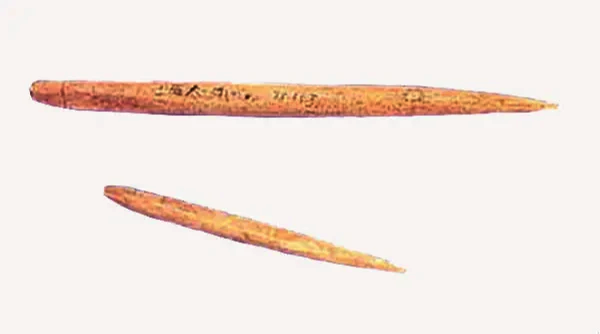
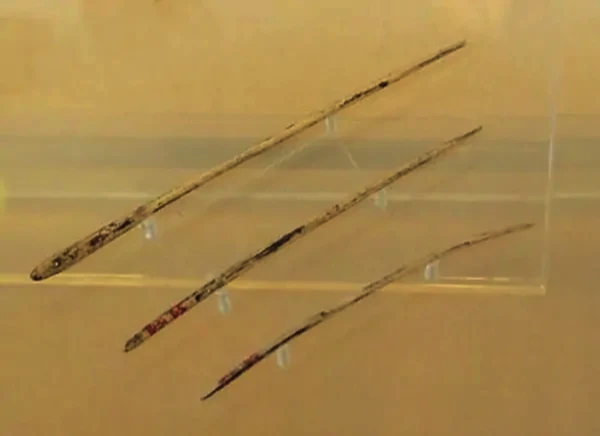
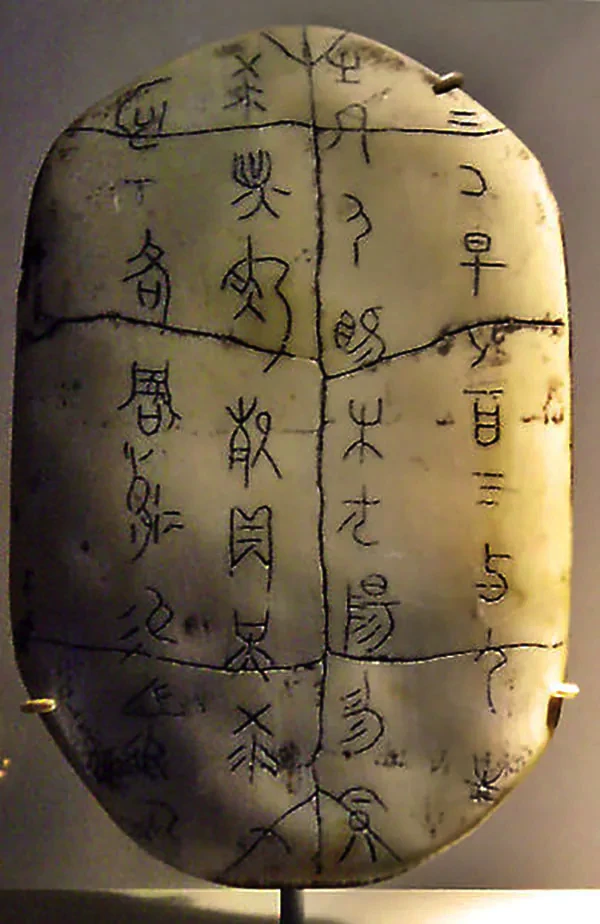
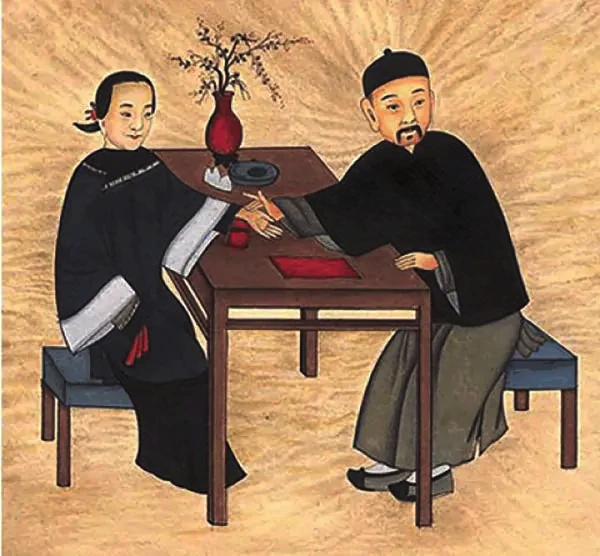

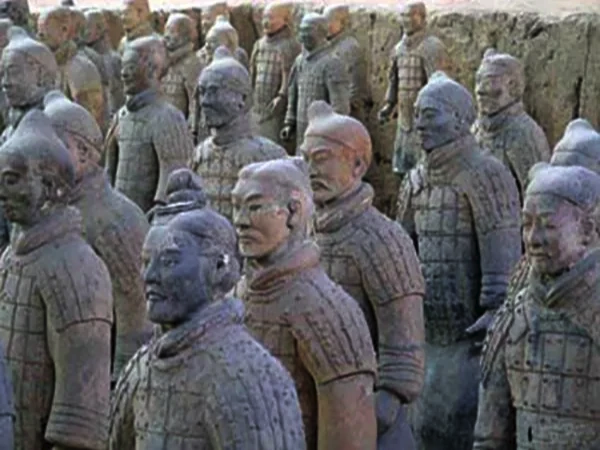
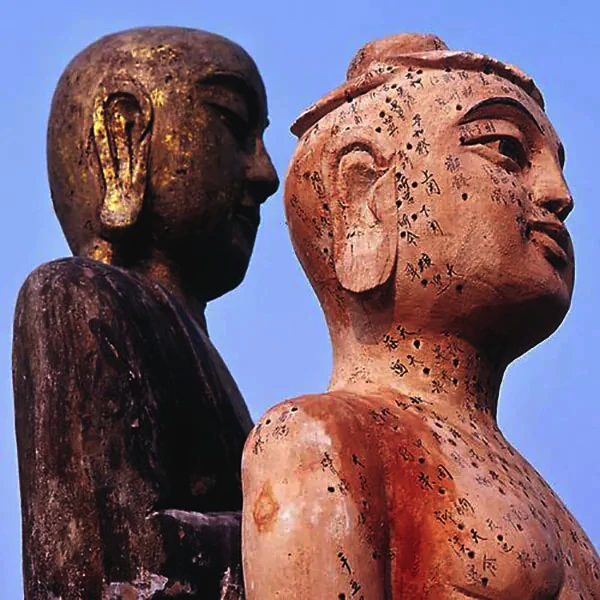
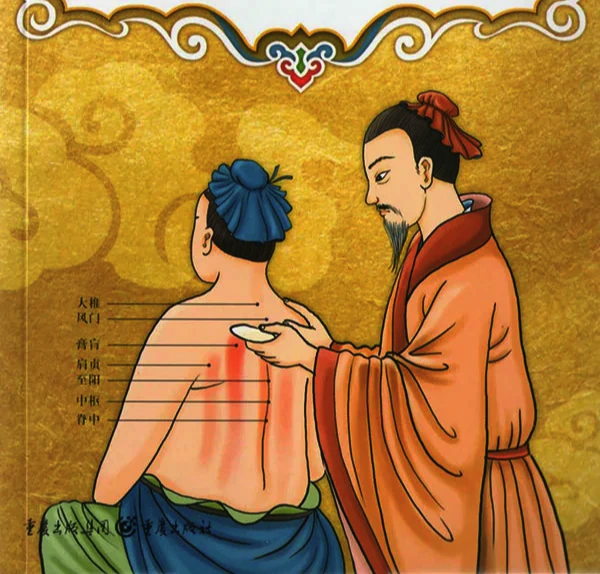
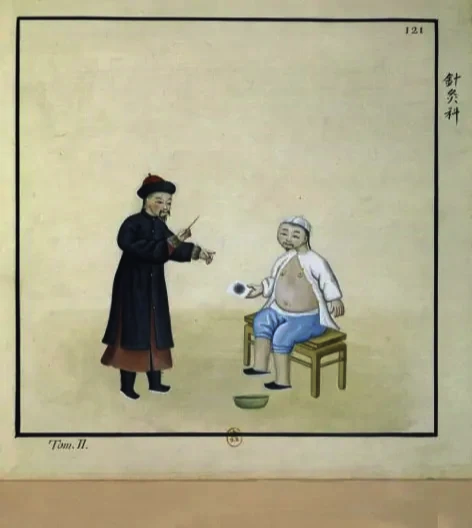
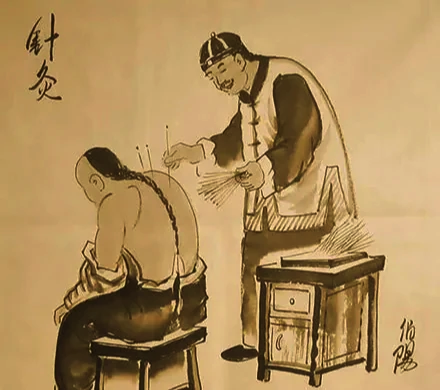
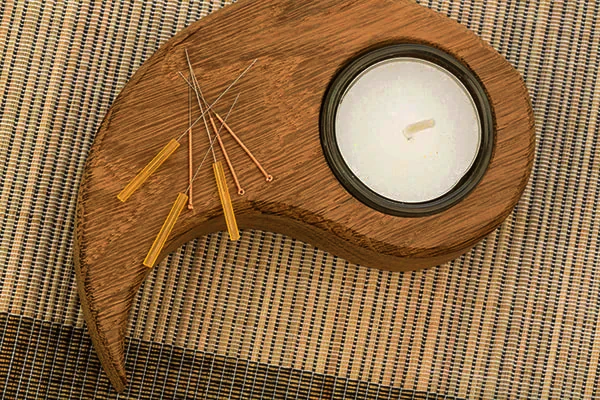
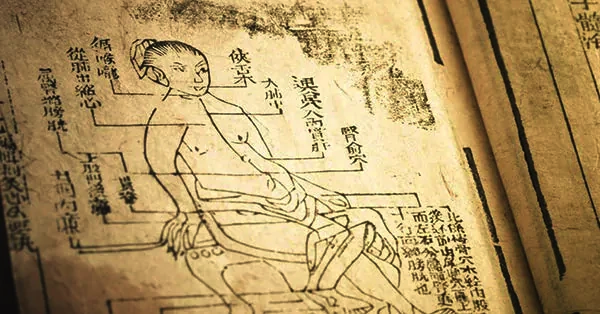
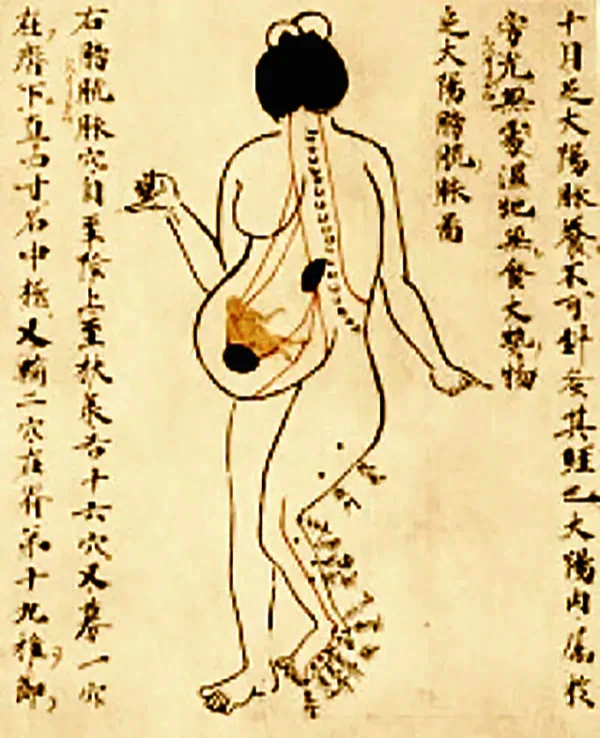
Frequently Asked Questions about acupuncture
What does acupuncture actually do?
Acupuncture is the traditional Chinese medical practice of stimulating specific points on the body (along meridians) with ultra-fine needles which penetrate the skin. The procedure is applied to alleviate pain and to treat a variety of health conditions. It is believed that the needles stimulate neurohormonal pathways and increase the production of the body’s natural painkillers called endorphins.
Is acupuncture effective?
Recognized as an effective treatment for chronic pain, acupuncture has been practiced for thousands of years. A study undertaken in 2012 found that acupuncture was better than no acupuncture or simulated acupuncture for the treatment of four chronic pain conditions: chronic headache, shoulder pain, back pain, and joint pain.
In traditional Chinese medicine, it is believed that disease is caused when there is a disruption in the body’s energy flow or Qi. By applying acupuncture to specific points that correspond to organs, the flow of Qi is improved, and in turn, health is restored. Science believes that acupuncture works by stimulating the body’s natural endorphins – the “feel good” hormones.
Can acupuncture harm you?
A certified acupuncturist has the training and experience to ensure that treatments cause no harm to the patient. A dull ache, bruising, or soreness – even minor bleeding – can follow an acupuncture treatment. The use of sterile needles is important, as is an initial examination to determine if the patient is at risk because of a bleeding disorder, a pacemaker, or pregnancy.
What are the benefits of acupuncture?
Among the many benefits accorded acupuncture, are improved sleep (for those suffering from insomnia), and improved gastrointestinal health and comfort. Acupuncture is of great help to those in need of a better regulated digestive system.
What are the side effects of acupuncture?
Mild bleeding or bruising are common side effect in the areas where needles are inserted. The risk of infection is minimal because disposable, single-use needles are the industry’s standard best practice; however some people are not good candidates for acupuncture. An interview and examination will help your practitioner determine if acupuncture is right for you.
Is acupuncture a placebo?
While there is no scientific proof that the meridians or acupuncture points exist it is hard to prove that they don’t. Many studies support that acupuncture works for hundreds of conditions. And acupuncture treatments work on animals, as well as on infants and children – beings not influenced by psychology or placebos.
How does an acupuncture work?
In traditional Chinese medicine, acupuncture helps to balance the body’s flow of energy, or Qi, the energy that has been disrupted by disease. Needles inserted along the body’s meridians stimulate the flow of Qi and help cure the disease.
Modern science hypothesizes that acupuncture stimulates nerves along neurohormonal pathways.
Neuroscientist Dr. Nakita Burke explains acupuncture this way, ” Since the 1950s, scientific research has shown acupuncture’s effects on the peripheral nervous system, endocrine and immune systems, cardiovascular system, and digestive system. By stimulating the body’s various systems, acupuncture can help to relieve pain and promote healing. For example, endorphins, the body’s own morphine-like chemicals, are released when needles penetrate the skin. Another chemical involved in pain control, adenosine, is released in the skin during acupuncture.”2
Can you die from acupuncture?
The Journal of the Royal Society of Medicine cites some details behind acupuncture related mortality, stipulating that fatalities were anecdotally documented in rural China where treatment was administered by practitioners with less education and experience. The Journal adds that no deaths from acupuncture were recorded in the UK where the procedure is widely practiced. The Journal article concludes by saying, ” deaths after acupuncture may be rare, but they do occur. The best way to minimize the risk is to make sure that all acupuncturists are well-trained – not just in acupuncture technique but also in recognizing serious adverse events and initiating life-saving measures.”3Can acupuncture be bad for you?
The risks of acupuncture are low if you have a competent, registered acupuncture practitioner using sterile needles. Common side effects include soreness and minor bleeding or bruising where the needles were inserted. Not everyone is a good candidate for acupuncture.Pj Cousin is a full member of the British Acupuncture Council and of the Unified Register of herbal Practitioners
Acupuncture at Cure by Nature
95 Replingham Road, London SW18 5LU
Tel: 07720773890
For a map Click here
Appointment available weekdays only
95 Replingham Road, London SW18 5LU
Tel: 07720773890
For a map Click here
Appointment available weekdays only
Traditional Chinese Medicine (TCM)
is one of the oldest and most mysterious form of health care, the first book on this subject is about 2500 years old, and there are indications that the Chinese were already using a crude form of TCM 4000 years ago.
Today, this medical system is widely used in China, Japan, Vietnam, Korea and all around Asia; in China alone there are 2500 hospitals specialising in TCM. This complex medical system is taught in 30 Chinese universities, to thousands of students from 120 different countries.
is one of the oldest and most mysterious form of health care, the first book on this subject is about 2500 years old, and there are indications that the Chinese were already using a crude form of TCM 4000 years ago.
Today, this medical system is widely used in China, Japan, Vietnam, Korea and all around Asia; in China alone there are 2500 hospitals specialising in TCM. This complex medical system is taught in 30 Chinese universities, to thousands of students from 120 different countries.
Acupuncture at Cure By Nature
95 Replingham Road
London SW18 5LU
tel: 020 88751101
For a map Click here
Appointment available Mondays, Tuesdays, Wednesdays and Fridays
95 Replingham Road
London SW18 5LU
tel: 020 88751101
For a map Click here
Appointment available Mondays, Tuesdays, Wednesdays and Fridays
Acupuncture London: fertility clinics of acupuncture and complementary medicine at 95 Replingham Road london SW18 5LU

